Physical Address
304 North Cardinal St.
Dorchester Center, MA 02124
Physical Address
304 North Cardinal St.
Dorchester Center, MA 02124
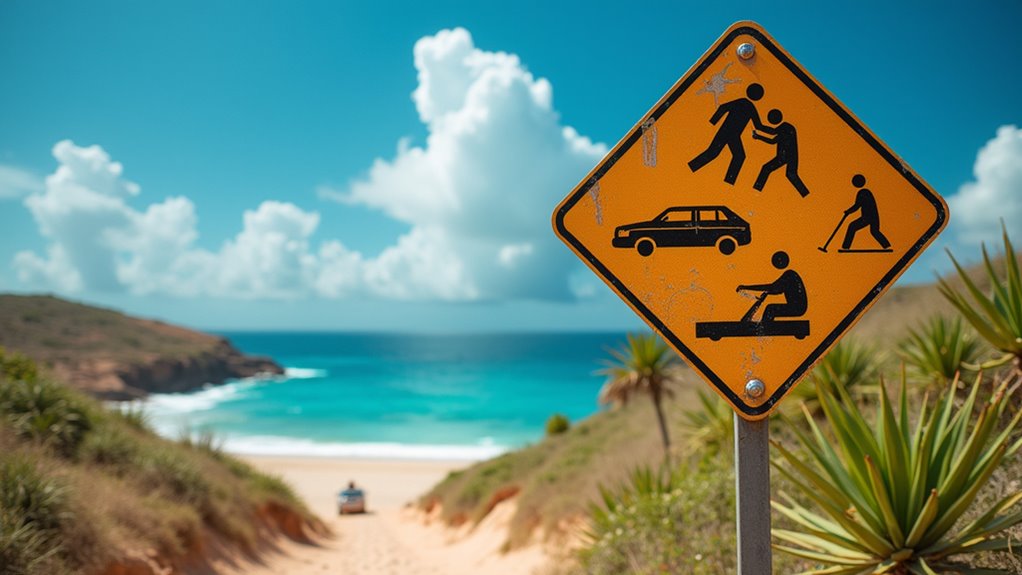
Whether you're a seasoned traveler or a first-time visitor, there are certain things to avoid in Mexico to ensure a safe and enjoyable vacation. Discover the 11 tips that could make all the difference.
You may not realize that even the most seasoned travelers can make mistakes in Mexico. While it’s a vibrant and beautiful country, there are certain things you should aim to avoid to guarantee a safe and enjoyable vacation. From traversing high-risk regions to protecting your health, these 11 tips could make all the difference in your trip. Stay tuned to discover how you can sidestep potential pitfalls and make the most of your time south of the border.
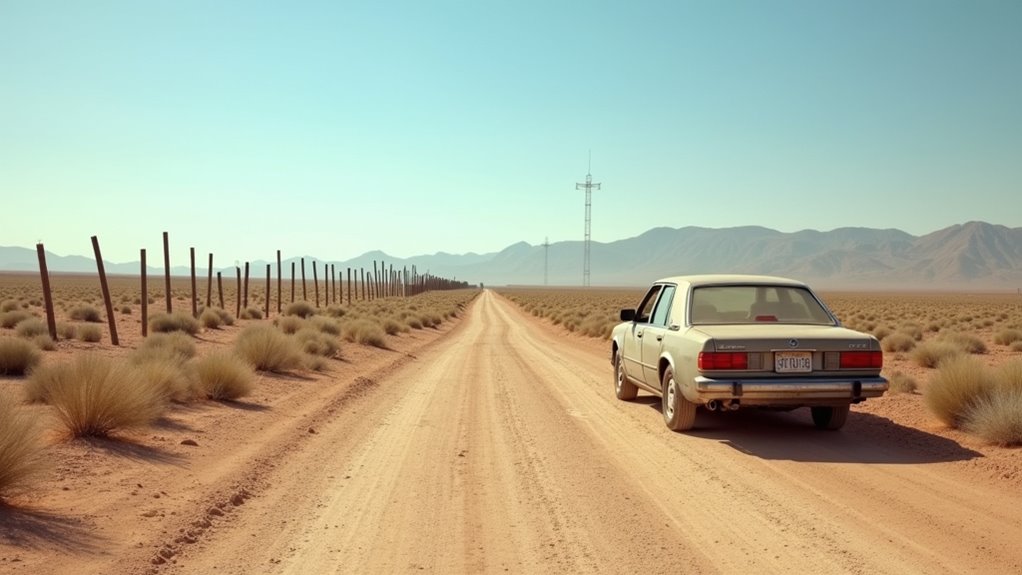
While Mexico’s border regions can be alluring, it’s crucial to avoid them for a safe vacation.
These areas often experience higher crime rates due to smuggling activities, and organized crime can lead to safety concerns for travelers. The limited infrastructure and services in these regions can also make emergency responses slower. Detected crossings decreased at the onset of the COVID-19 pandemic in early 2020. Travel advisories frequently warn against non-essential travel to these areas, which are also known for environmental challenges like pollution and waste.
Plus, the proximity to conflict zones involving drug-related violence can put travelers at risk. Cities along these borders are often among Mexico’s deadliest cities due to cartel territorial disputes.
To guarantee a secure and enjoyable trip, it’s best to steer clear of Mexico’s border regions.
Though Mexico’s border regions pose significant risks, travelers should also avoid the central states of Guerrero, Michoacán, and Colima. All three are under a U.S. State Department “Do Not Travel” advisory due to pervasive crime and cartel violence.
Guerrero is plagued by cartel-related conflicts, while Michoacán faces dangerous inter-cartel disputes and extortion threats. Colima has one of Mexico’s highest homicide rates. Avoid essential travel to these high-risk areas unless absolutely necessary.
Expect prevalent kidnappings, carjackings, and armed robberies, especially along highways and in remote areas. Avoid displays of wealth, travel at night, and use only pre-booked, verified transportation.
For a safer alternative, consider visiting Guadalajara which offers travelers vibrant culture while maintaining better safety conditions than these high-risk states.
Instead, opt for safer destinations like Yucatán or Campeche during your vacation.

Traveling on remote highways at night poses significant risks that shouldn’t be overlooked. Crimes, such as robberies and assaults, are more prevalent in these isolated areas with minimal police presence.
Certain regions, like the “Red Triangle” in Puebla, are notorious nighttime hotspots for criminal activity. Authorities have reported a spike in violent assaults with fake police checkpoints on the Mexico-Tulancingo Highway in Singuilucan.
Poorly maintained roads increase the chances of accidents or breakdowns, leaving you stranded without timely emergency response. Whenever possible, avoid remote highway travel after dark. If you must drive at night, stick to well-lit toll roads, even though they’re more expensive. Your safety should be the top priority when traversing Mexico’s highways.
When visiting Mexico’s major cities, it’s crucial to be aware of high-crime neighborhoods and avoid them whenever possible. Certain areas in cities like Colima, Tijuana, Ciudad Obregón, and Coatzacoalcos pose significant risks due to cartel conflicts, drug trafficking, and port-related organized crime.
High-crime neighborhoods in Mexico’s major cities pose serious risks due to cartel conflicts, drug trafficking, and port-related organized crime.
To stay safe:
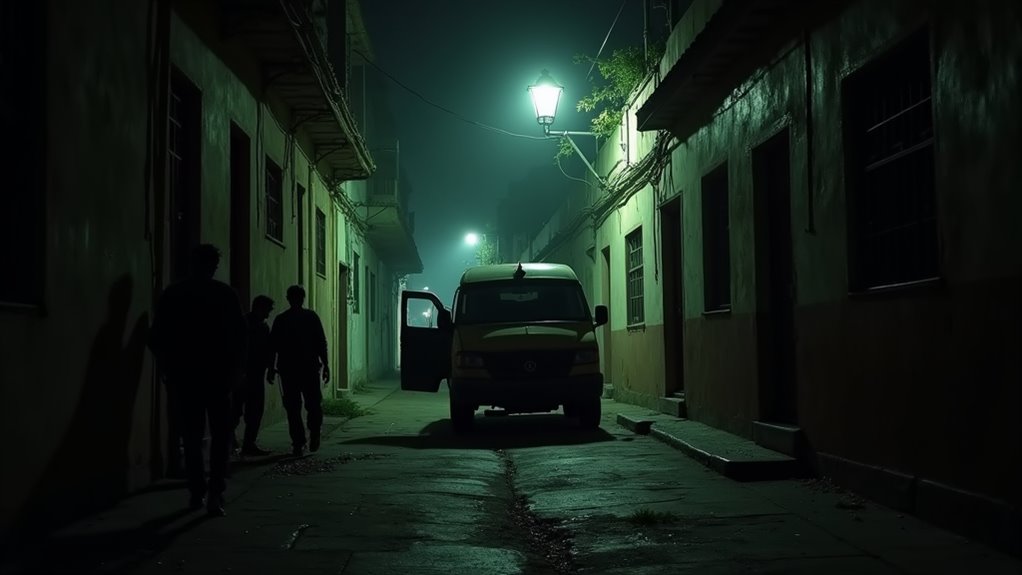
Informal transportation options in Mexico, such as unmarked taxis and ride-hailing services, pose significant safety risks that travelers should avoid.
These unregulated vehicles often lack basic safety features, proper maintenance, and driver training, contributing to the country’s high accident rates. Over 93% of crashes are caused by human error, including speeding, distraction, and impaired driving – issues exacerbated by lax enforcement on informal operators.
Plus, these services lack insurance coverage, leaving victims vulnerable.
While Mexico remains a popular destination, prioritizing tourist safety measures is essential for an enjoyable experience without incidents.
Travelers are better off using reputable, registered taxi companies or ride-hailing apps with built-in safety features and accountability measures to guarantee a secure journey.
Secluded ATM locations in Mexico pose heightened risks that travelers must avoid. Cash is essential for 60-70% of daily transactions nationwide, so using isolated ATMs can make you a target for thieves. Steer clear of standalone ATMs on street corners or in isolated areas, as they’ve higher tampering and theft risks. Instead, prefer ATMs inside banks or shopping centers, which offer better security and surveillance.
Avoid using ATMs near tourist hotspots late at night, as foot traffic drops and crime rises. To minimize financial risks, use ATMs from major banks, withdraw during daylight hours, and vary your ATM locations to avoid predictability.
Planning ahead with essential safety tips can significantly enhance your vacation experience in Mexico while reducing potential risks. Remember, your safety should always come before money, so comply if threatened and report any suspicious activity immediately.
Key Recommendations:

Wearing flashy jewelry and watches in Mexico can make you a prime target for thieves. High crime rates in the country mean expensive items attract unwanted attention from criminals.
Robberies are common, especially in major cities, and easily resold valuables are a tempting target. Local advice suggests leaving valuable items at home or in a hotel safe.
Avoid carrying unnecessary cash or credit cards, and be mindful of your surroundings, especially in crowded public areas. Traveling with a low profile and avoiding displays of wealth can help prevent you from being targeted.
This is particularly important in popular tourist destinations like Cancun resort areas, where petty theft can occur even in seemingly safe locations.
Consider purchasing travel insurance that covers valuables in case of theft.
Because Mexico has high theft rates, you should never leave your belongings unattended, even for a moment. Thieves often target transport hubs like bus stations and airports Pickpockets and opportunistic criminals target travelers in crowded areas like airports, hotels, and public transportation. This is particularly true in border towns like Nogales, Mexico, where travelers should exercise extra caution with their possessions.
Theft rates in Mexico are high, so never leave your belongings unattended, as pickpockets and criminals target travelers in crowded areas.
To prevent theft:
Staying alert and taking proactive security measures can help guarantee your vacation in Mexico is safe and enjoyable.
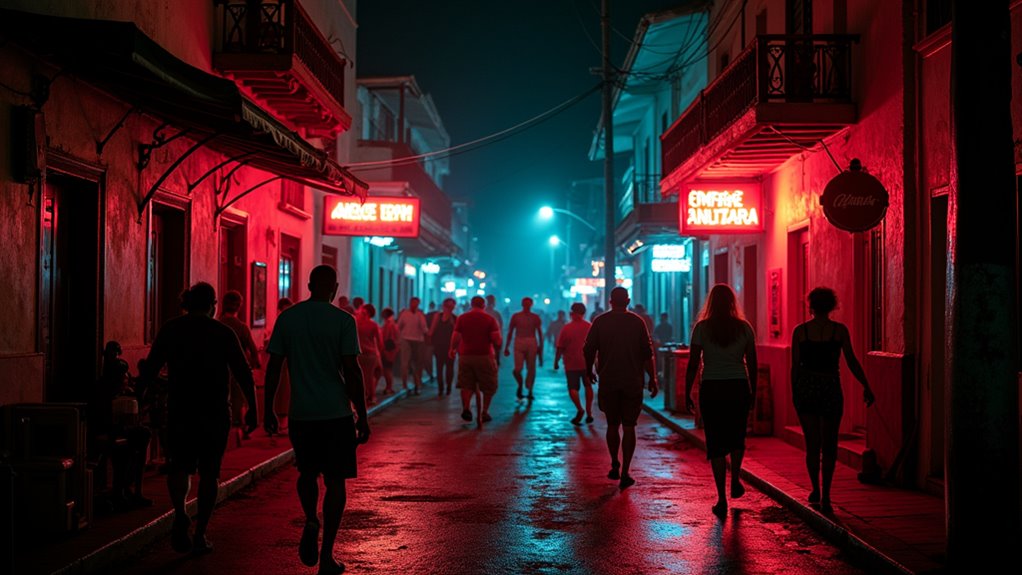
When venturing out for nightlife in Mexico, it’s crucial to avoid bars and clubs in unregulated zones.
These areas often report high corruption, with employers facing bribery demands from authorities. Informal settlements near these zones lack infrastructure and face police harassment. Employers to present legislative initiative to address these issues. Gated enclaves in affluent suburbs attract criminal activity. Documented violence, including drug-related crime and disappearances, is common in marginalized communities. For safer options, consider venues within Cancun Hotel Zone which maintains higher security standards and regular police patrols.
Nightclub closures have also increased, suggesting industry instability.
To stay safe, verify venue licensing, avoid cash-heavy transactions, and stick to regulated tourist corridors. Travel in groups and monitor government advisories for updates on high-risk areas.
Driving after dark in Mexico poses significant safety risks that travelers should take seriously. The lack of lighting on some roads reduces visibility, increasing the chances of colliding with animals, debris, or uneven surfaces. Driving at night heightens the risk of accidents. Plus, emergency services may be less accessible or slower to respond at night. This is particularly true in areas like Puerto Escondido, where remote beach roads can be especially hazardous after sunset. Finally, nighttime travel heightens the risk of encountering criminal activity, such as robberies or assaults.
To mitigate these dangers, it’s best to:
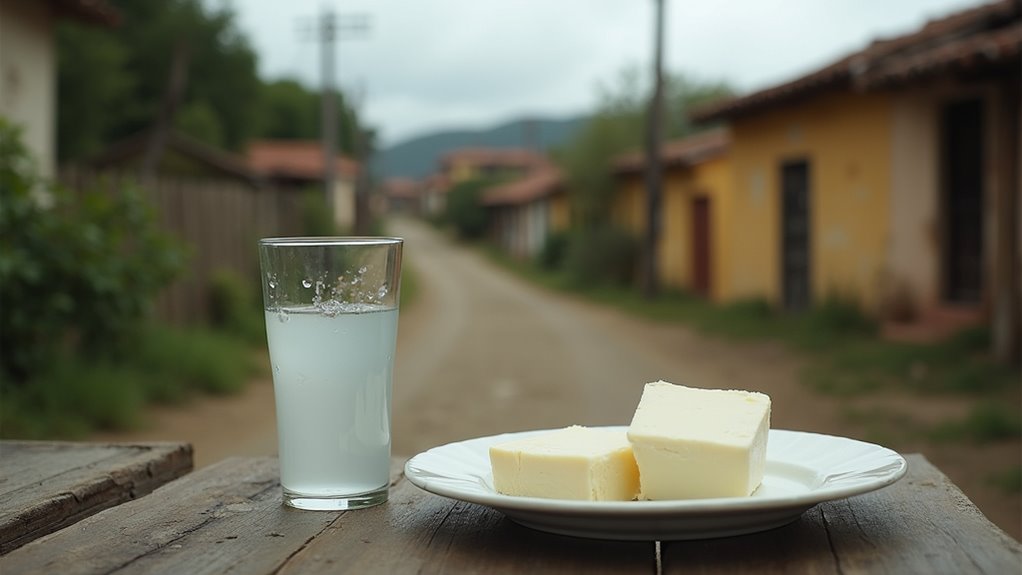
Consuming tap water and unpasteurized dairy products in Mexico can pose significant health risks for travelers. Approximately 6 million new cases of waterborne diseases occur annually, and 98% of locals fear that tap water can cause illness. Water treatment and purification in Mexico have improved but remain insufficient for safety. To avoid this, choose bottled or filtered water, and steer clear of icy drinks made with tap water.
Similarly, unpasteurized dairy products can lead to bacterial infections, especially for children and those with weakened immune systems. Opt for pasteurized dairy and be cautious of traditional or informal dairy sources.
Staying vigilant about water and dairy safety is vital for a healthy and enjoyable vacation in Mexico.
Don’t let safety concerns put a damper on your Mexican adventure. Stay vigilant, steer clear of risky areas, and you’ll be sipping margaritas in no time. With a bit of caution, you’ll have the time of your life exploring Mexico’s vibrant culture and breathtaking landscapes. After all, an ounce of prevention is worth a pound of cure.